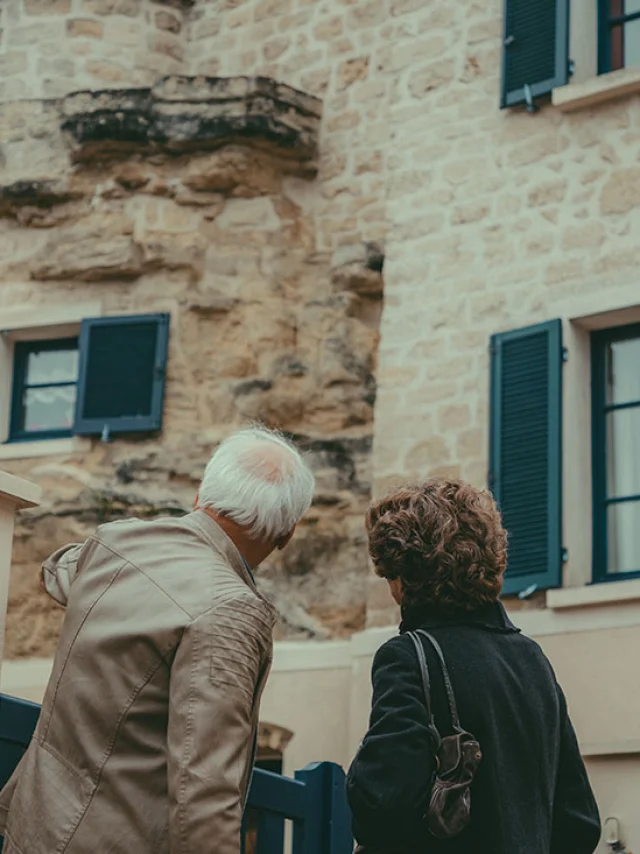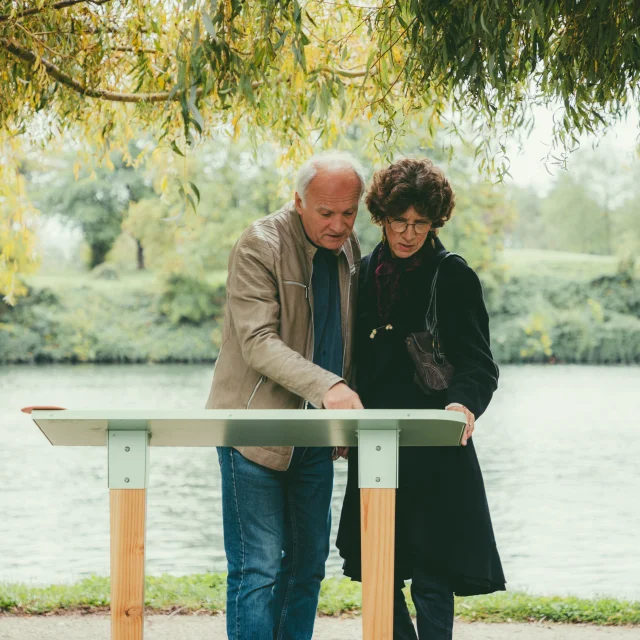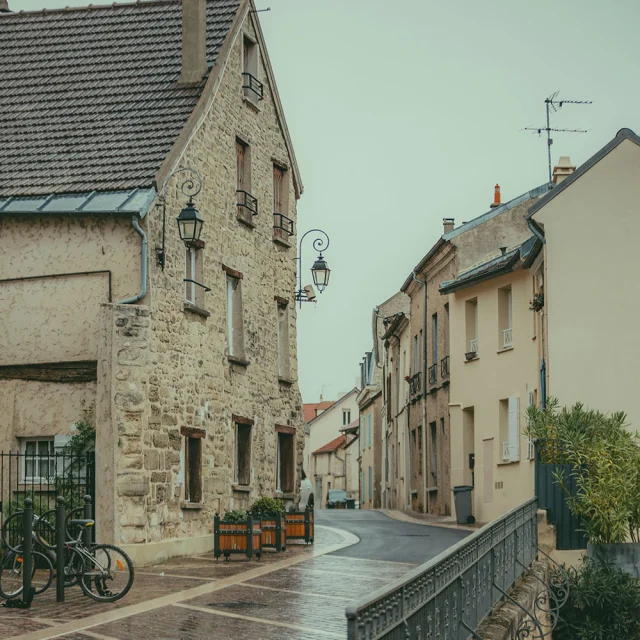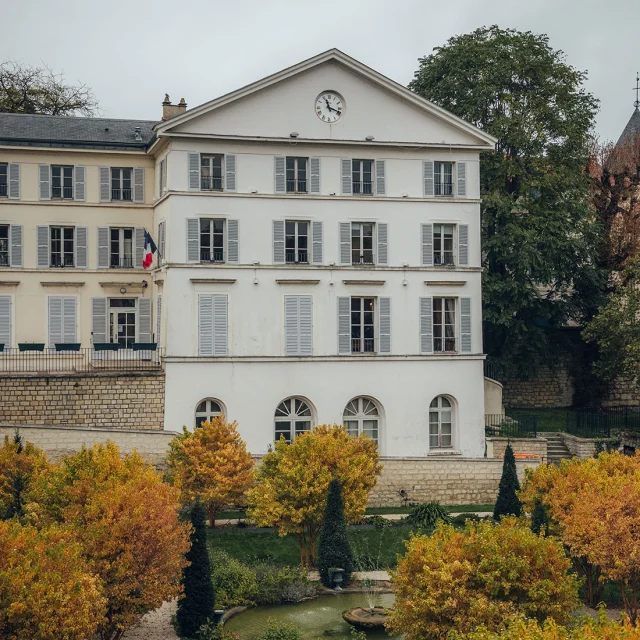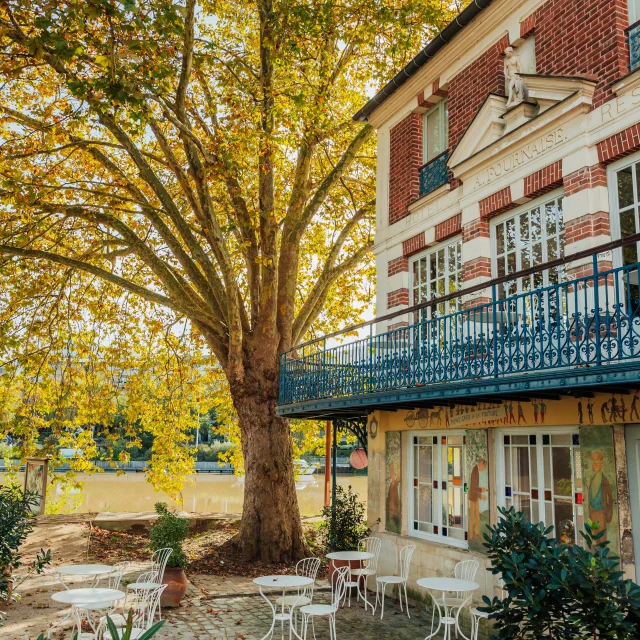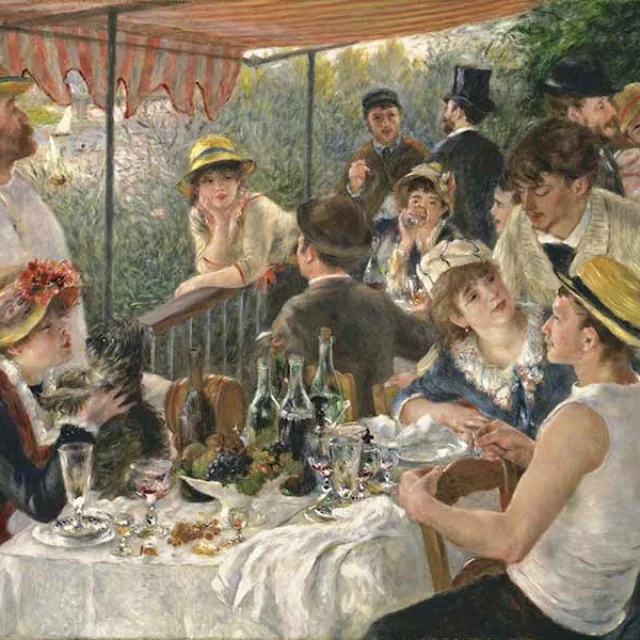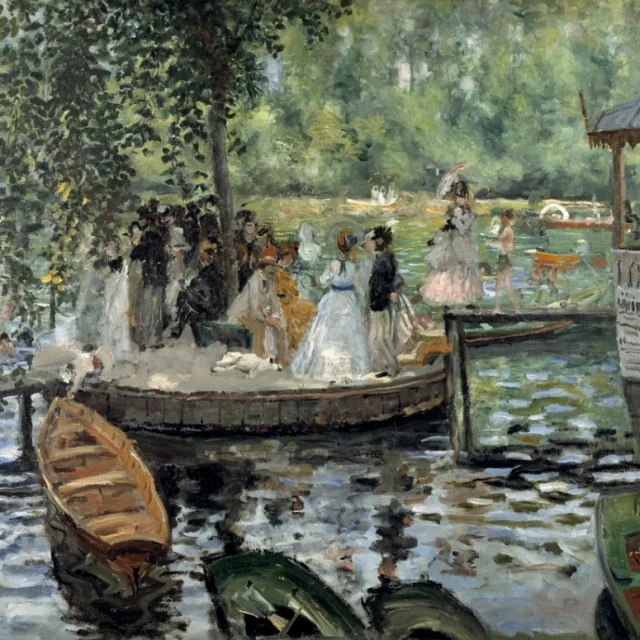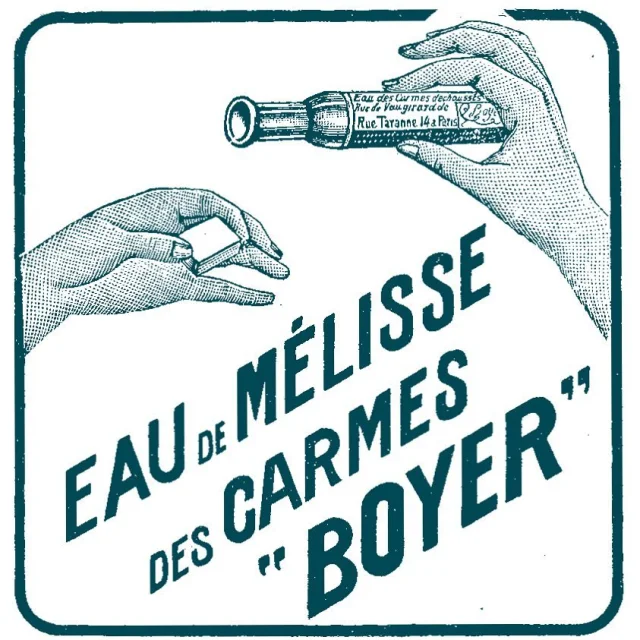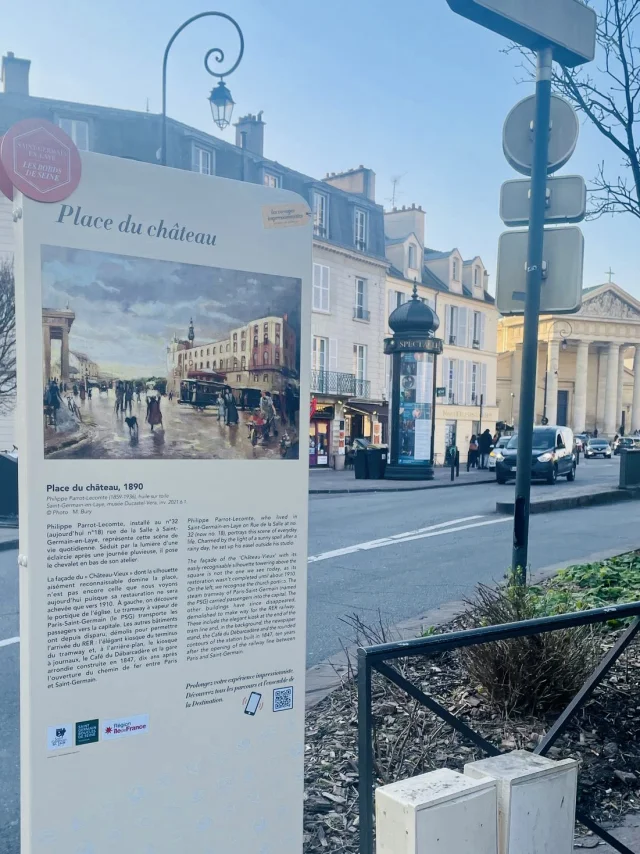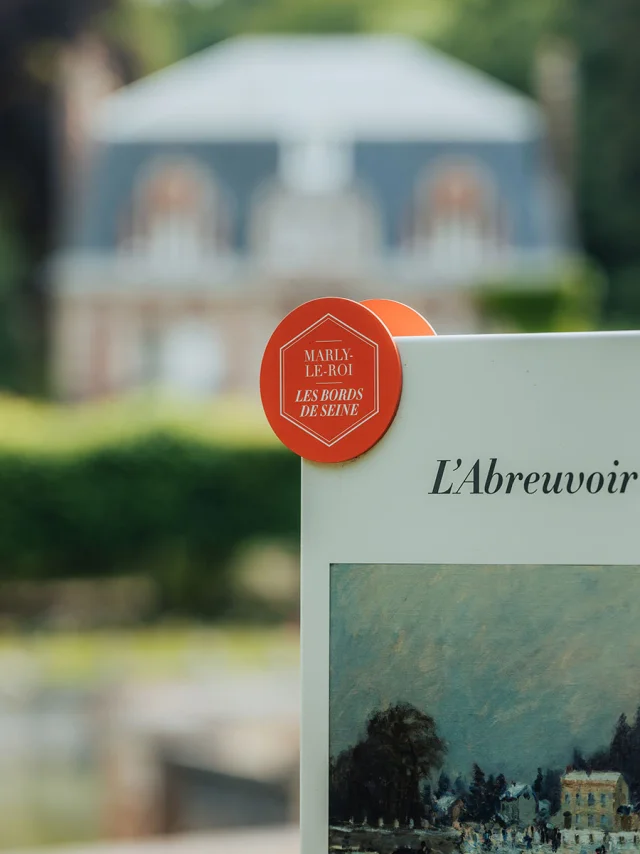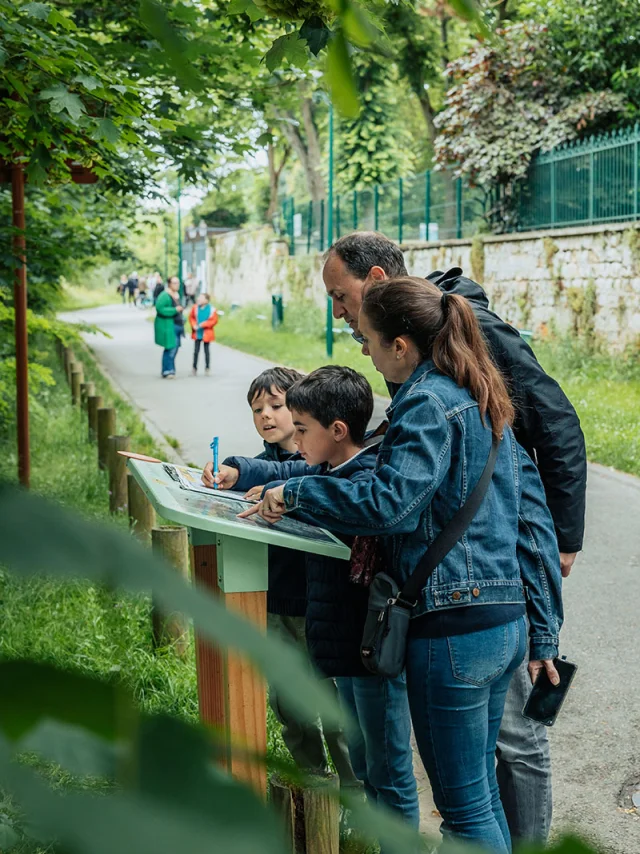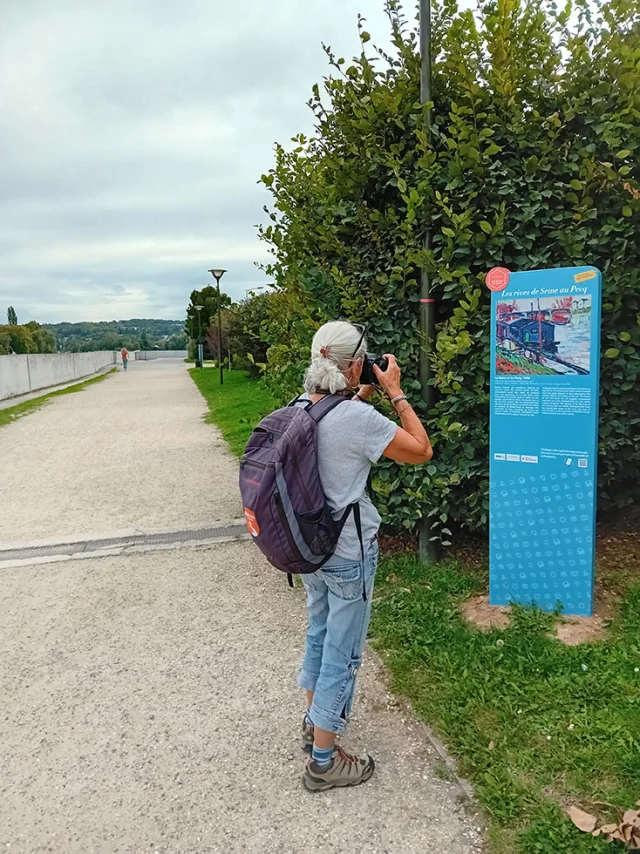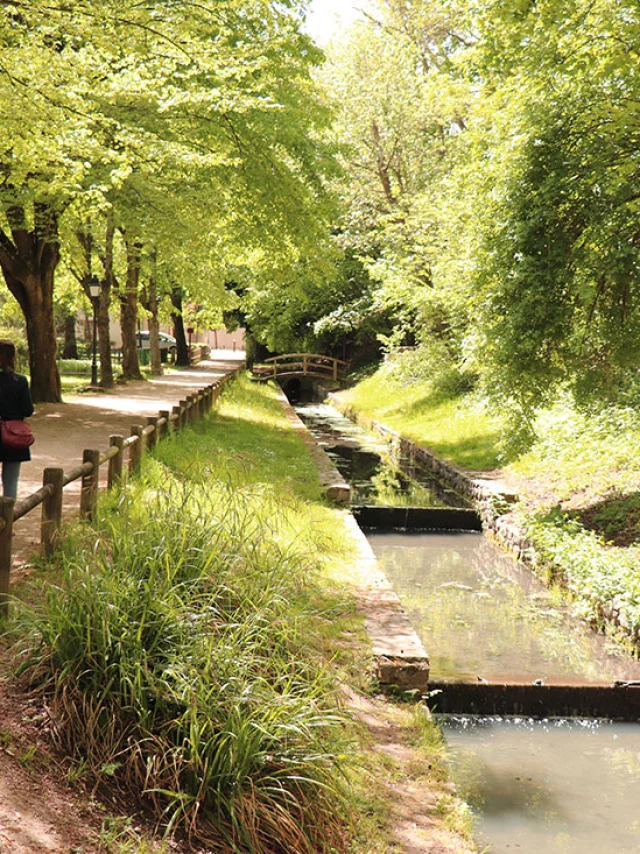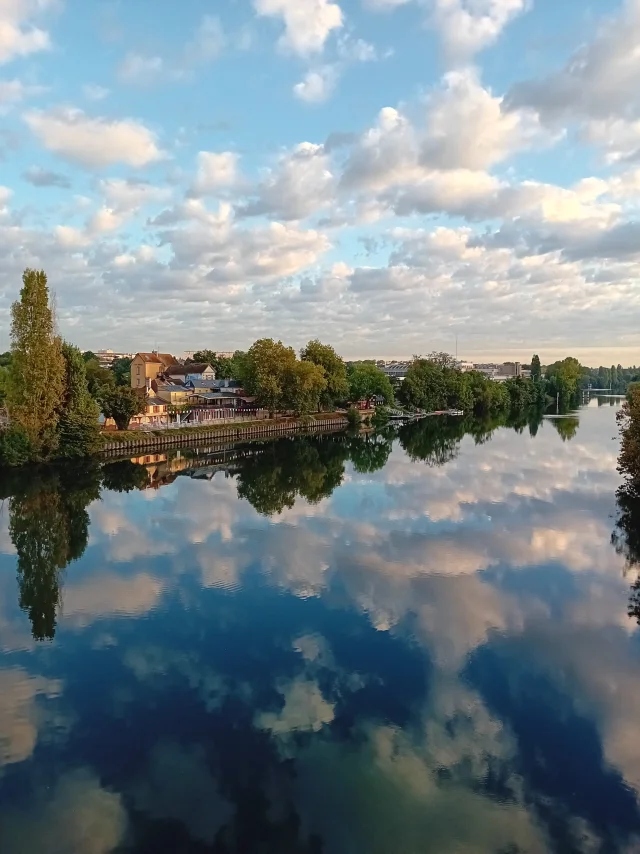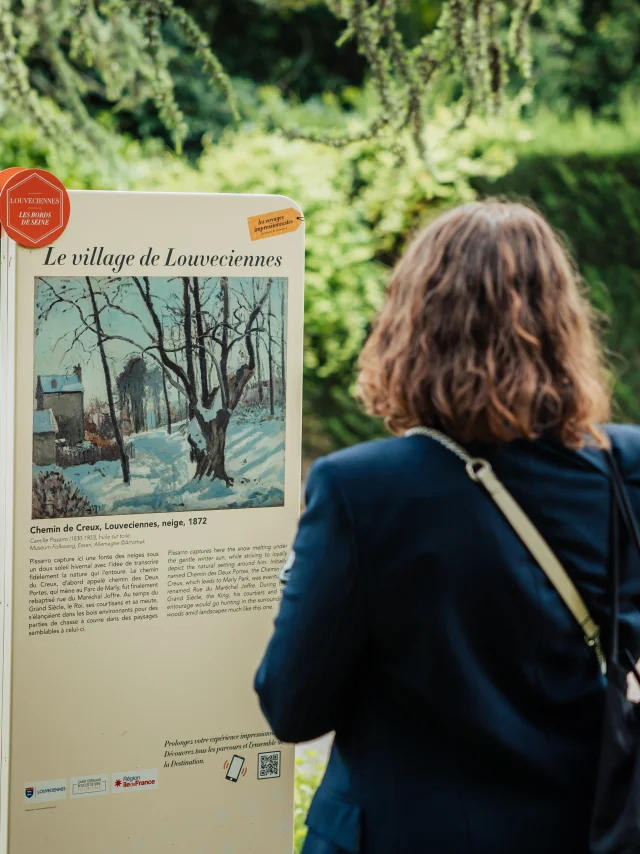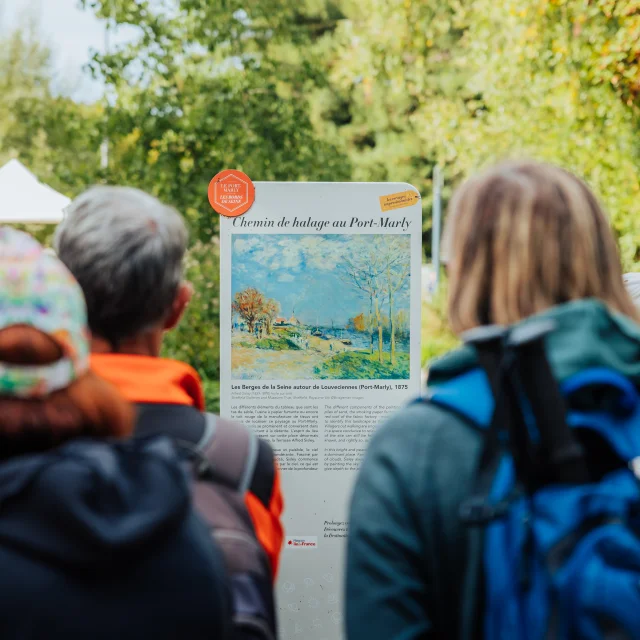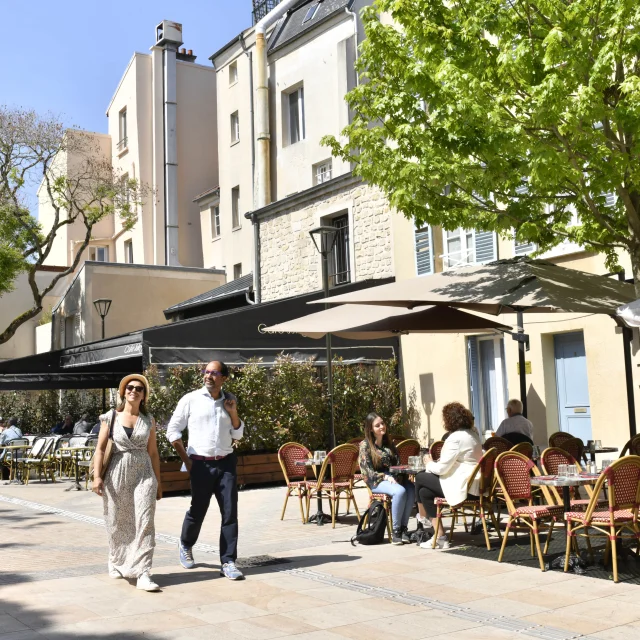The town of Carrières-sur-Seine enjoyed a great period of prosperity thanks to Abbé Suger and the exploitation of its resources until the reign of Louis XIV. It was also highly appreciated for its location on the banks of the Seine. In particular, it was the Impressionists, who came on holiday from the Chatou and Croissy-sur-Seine sides for the Fournaise and Grenouillère dance halls, who extended their explorations of the surrounding countryside to the banks of Carrières.
Monet, Vlaminck, Derain and Braque enjoyed the reflections of the water but also the picturesque architecture of the village of Carrières, which is still the pride of its inhabitants today.
In fact, this typical white stone is incorporated into modern buildings in order to respect the identity that is the town’s strength.
It is also its natural heritage that contributes to the town’s unspoilt charm, in particular the town hall park, listed as one of the “most beautiful gardens in France”. Indeed, the latter is a French garden with Italian garden influences, probably created during the time of its owner Simon Le Tellier, under Louis XIII, with terraces, ponds and fountains.

